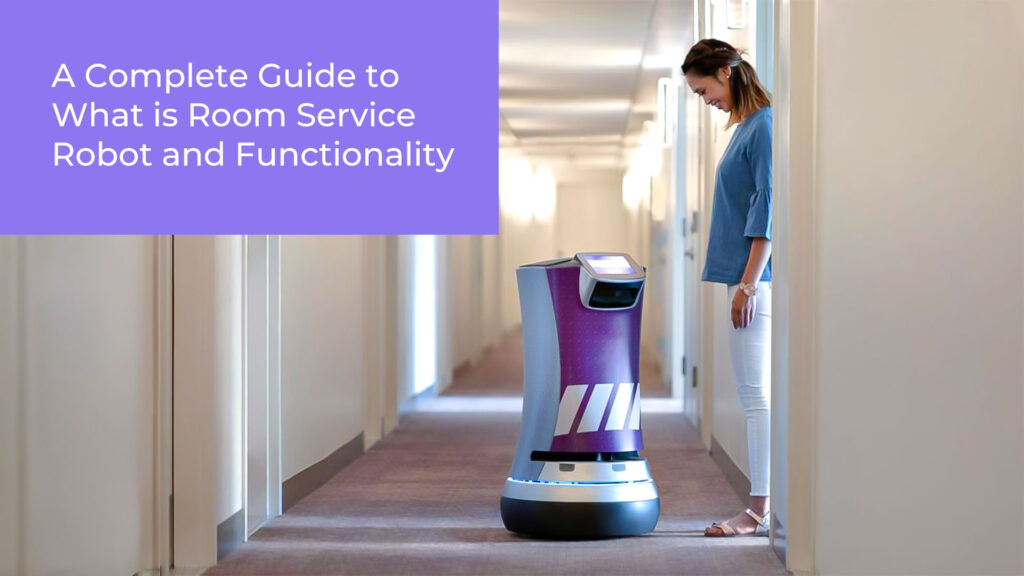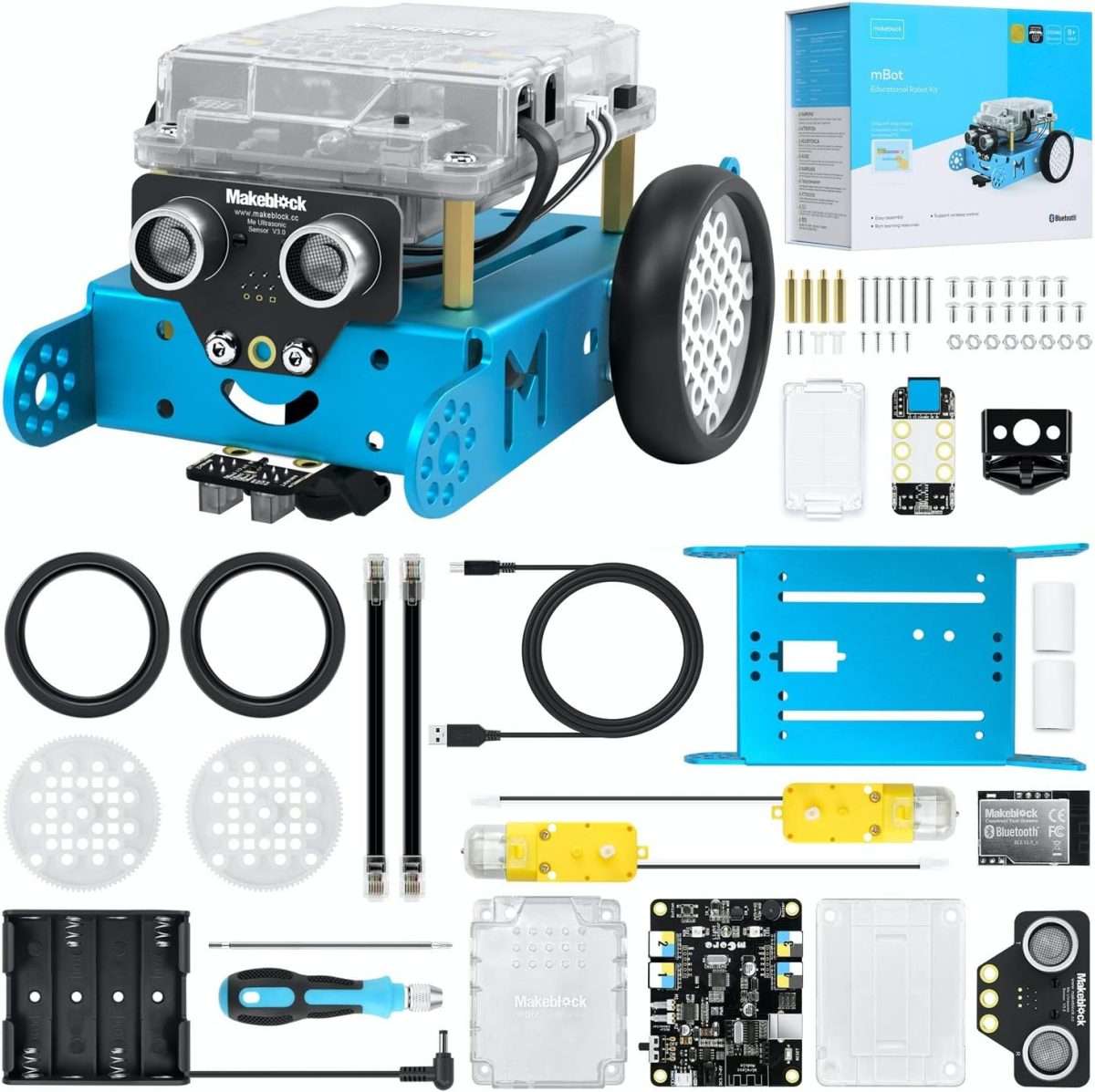How to deploy a serving robot in a hospitality setting?
As technology continues to advance, the hospitality industry is considering the use of serving robots to enhance guest experience and improve operational efficiency. Deploying a serving robot in a hospitality setting can be a complex process that requires careful planning and execution. In this article, we will discuss the steps involved in effectively deploying a serving robot in a hospitality setting.
Step 1: Identify the Needs
The first step in deploying a serving robot in a hospitality setting is to identify the specific needs of your establishment. Consider the type of services you want the robot to perform and how it will benefit both guests and staff. For example, you may want a serving robot to deliver food and drinks to guests in a restaurant or to transport supplies between different areas of the hotel.
Once you have identified the specific needs, you can begin researching the various serving robots available on the market. Look for robots that are designed to perform the tasks you require and that are capable of navigating the environment in which they will be operating.
Step 2: Assess the Environment
Before deploying a serving robot in a hospitality setting, it is important to assess the environment in which the robot will be operating. Consider factors such as the layout of the space, the presence of obstacles, and the need for any modifications to accommodate the robot.
It may be necessary to make changes to the physical environment, such as installing ramps or sensors, to ensure that the robot can navigate the space safely and effectively. Additionally, you may need to develop a map of the environment that the robot can use for navigation.
Step 3: Train Staff
Deploying a serving robot in a hospitality setting will require training for both staff and guests. Staff will need to learn how to interact with the robot, troubleshoot any issues that arise, and ensure that guests feel comfortable and safe in the presence of the robot.
Consider holding training sessions for staff to familiarize them with the robot and its capabilities. Encourage staff to ask questions and provide feedback on how the robot can be used most effectively in their daily tasks.
Step 4: Monitor Performance
Once the serving robot is deployed in the hospitality setting, it is important to monitor its performance and gather feedback from staff and guests. Keep track of any issues or challenges that arise, as well as any positive experiences that guests have with the robot.
Use this feedback to make adjustments to the robot’s programming or the environment to improve its performance. Regularly check in with staff to ensure that they are comfortable using the robot and that it is meeting their needs.
Step 5: Continuously Improve
Deploying a serving robot in a hospitality setting is an ongoing process that requires continuous improvement. As technology evolves and guest expectations change, it is important to adapt the robot’s capabilities to meet these new demands.
Regularly review the performance of the serving robot and identify areas where improvements can be made. Consider upgrading the robot’s software or hardware to enhance its functionality and reliability. Solicit feedback from staff and guests on how the robot can better serve their needs.
Conclusion
Deploying a serving robot in a hospitality setting can offer many benefits, including improved guest experience, increased operational efficiency, and reduced labor costs. By following the steps outlined in this article, you can effectively deploy a serving robot in your establishment and enhance the overall experience for both staff and guests.
How to deploy a serving robot in a hospitality setting?
As technology continues to advance, the hospitality industry is considering the use of serving robots to enhance guest experience and improve operational efficiency. Deploying a serving robot in a hospitality setting can be a complex process that requires careful planning and execution. In this article, we will discuss the steps involved in effectively deploying a serving robot in a hospitality setting.
Step 1: Identify the Needs
The first step in deploying a serving robot in a hospitality setting is to identify the specific needs of your establishment. Consider the type of services you want the robot to perform and how it will benefit both guests and staff. For example, you may want a serving robot to deliver food and drinks to guests in a restaurant or to transport supplies between different areas of the hotel.
Once you have identified the specific needs, you can begin researching the various serving robots available on the market. Look for robots that are designed to perform the tasks you require and that are capable of navigating the environment in which they will be operating.
Step 2: Assess the Environment
Before deploying a serving robot in a hospitality setting, it is important to assess the environment in which the robot will be operating. Consider factors such as the layout of the space, the presence of obstacles, and the need for any modifications to accommodate the robot.
It may be necessary to make changes to the physical environment, such as installing ramps or sensors, to ensure that the robot can navigate the space safely and effectively. Additionally, you may need to develop a map of the environment that the robot can use for navigation.
Step 3: Train Staff
Deploying a serving robot in a hospitality setting will require training for both staff and guests. Staff will need to learn how to interact with the robot, troubleshoot any issues that arise, and ensure that guests feel comfortable and safe in the presence of the robot.
Consider holding training sessions for staff to familiarize them with the robot and its capabilities. Encourage staff to ask questions and provide feedback on how the robot can be used most effectively in their daily tasks.
Step 4: Monitor Performance
Once the serving robot is deployed in the hospitality setting, it is important to monitor its performance and gather feedback from staff and guests. Keep track of any issues or challenges that arise, as well as any positive experiences that guests have with the robot.
Use this feedback to make adjustments to the robot’s programming or the environment to improve its performance. Regularly check in with staff to ensure that they are comfortable using the robot and that it is meeting their needs.
Step 5: Continuously Improve
Deploying a serving robot in a hospitality setting is an ongoing process that requires continuous improvement. As technology evolves and guest expectations change, it is important to adapt the robot’s capabilities to meet these new demands.
Regularly review the performance of the serving robot and identify areas where improvements can be made. Consider upgrading the robot’s software or hardware to enhance its functionality and reliability. Solicit feedback from staff and guests on how the robot can better serve their needs.
Conclusion
Deploying a serving robot in a hospitality setting can offer many benefits, including improved guest experience, increased operational efficiency, and reduced labor costs. By following the steps outlined in this article, you can effectively deploy a serving robot in your establishment and enhance the overall experience for both staff and guests.



